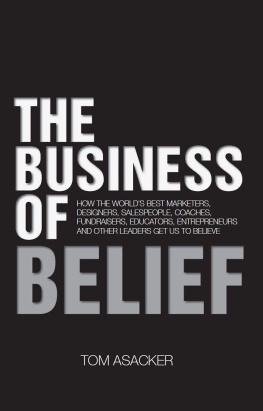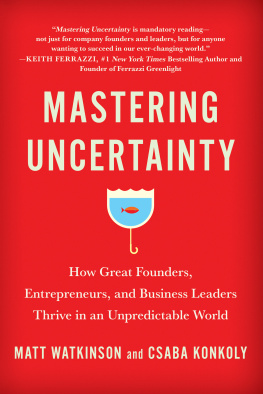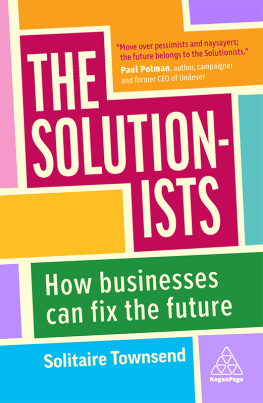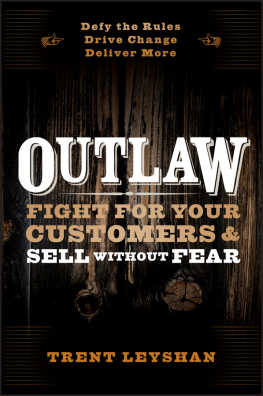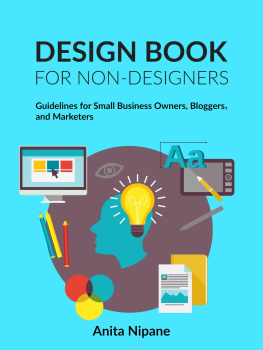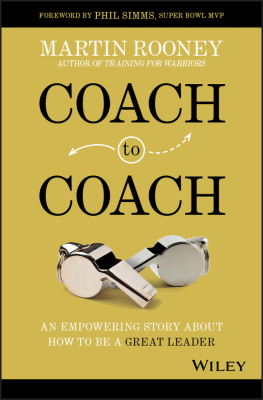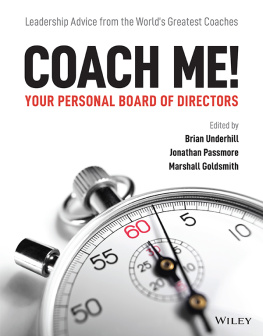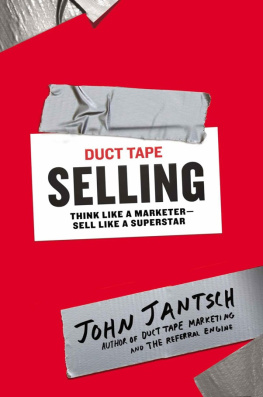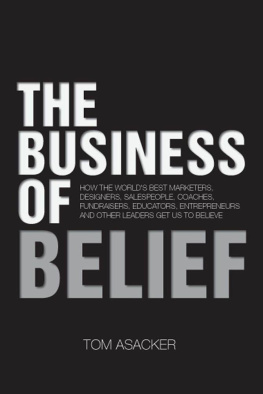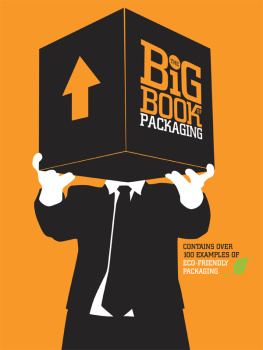THE
BUSINESS
OF
BELIEF
Also by Tom Asacker
Sandbox Wisdom
A Clear Eye for Branding
A Little Less Conversation
Opportunity Screams
THE
BUSINESS
OF
BELIEF
How the Worlds Best Marketers,
Designers, Salespeople, Coaches,
Fundraisers, Educators, Entrepreneurs
and Other Leaders Get Us to Believe
Tom Asacker
Copyright 2013 by Thomas E. Asacker
All rights reserved. No part of this book may be reproduced, scanned, or distributed in any printed or electronic form without permission, except for brief passages for review purposes.
Portions of this book have appeared in somewhat different form on the authors website.
ISBN-10: 1483922979
ISBN-13: 978-1483922973
First Edition: 2013
Library of Congress Cataloguing in Publication Data: A catalog record for this book is available from the Library of Congress
Cover design by Paulo Reis
For my mother
Contents
Every man, wherever he goes, is encompassed by a cloud of comforting convictions, which move with him like flies on a summer day.
Bertrand Russell
Prologue
Im one lucky guy. Over the past twenty years my work has afforded me a behind the scenes look at creativity and leadership in action. Ive been involved with scores of new product launches, countless branding initiatives, and some very powerful marketing campaigns.
Ive helped agencies conceive ideas, travelled with skilled salespeople, advised passionate fundraisers, and worked with leaders as theyve rolled out defining change initiatives. And Ive confronted two realities that have redefined the nature of influence in todays modern marketplace.
The first one is this: Our choices, in all areas of life, have increased exponentially (trite but true, think cable TV). Every new product, service, cause and idea must now work overtime to capture peoples attention. In my world, we refer to that reality as a no-brainer.
The second, a fact lost on many, is that people have become very distrusting and easily distracted, making attention increasingly scarce and fleeting. Just consider the diminishing issue-attention cycle of critical concerns like climate change and overpopulation. It takes a lot of money, talent and energy to sustain peoples attention, to become one of their comforting convictions.
These conditions point to why todays most forward-looking people and organizations are moving beyond attention. Theyre acutely aware that its not enough to simply have people know about them and their agendas. They need people to choose them, support them, work with them, and recommend them. In other words, they need people to believe.
Belief is an incredibly difficult concept to wrap ones head around because, like fish in water, our heads are swimming in belief. Beliefs touch every facet of our lives, mundane and profound, from the religions we choose to inform our spiritual and moral lives to the products we purchase to make us look hot.
In fact, existence is defined by our beliefs. They determine how we feel, what we think, the goals we pursue and the actions we take. But most of us are oblivious to how beliefs are born and formed. This book is about understanding beliefwhat it is and how it is created. And its about how successful people inspire and move others, or how, in my lingo, they practice the business of belief.
Can We Handle the Truth?
Theres a Zen story about the demon Mara.
Mara is the personification of temptation and anxiety.
He seduces and frightens people.
He obscures the knowledge of ultimate truth.
Mara is referred to as the Evil One.
One day he was traveling through a village with his posse.
He noticed a man doing walking meditation.
Suddenly, the mans face lit up in wonder.
He had come across something on the ground.
Maras attendants were quite curious.
They asked Mara what the man had discovered.
Mara replied coolly, Its nothing. Just a piece of truth.
But Evil One! exclaimed one of his entourage.
Doesnt it bother you when someone finds a piece of the truth?
Mara chuckled. No. Not in the least.
Really master? And why not?
Because right after they discover some truth, Mara grinned. They usually make a belief out of it.
Part One:
What They Know
Living is Believing
Believe nothing, no matter where you read it or who has said it, not even if I have said it, unless it agrees with your own reason and your own common sense.
Buddha
Siddhartha Gautama Buddha lived over 2,500 years ago in what is now Nepal. A land of tribal people living in territorial monarchies. People who didnt spend much time shopping, who rarely travelled outside their kingdoms, and who never puzzled over their choices of information, media or entertainment. It was quite possible for most of them to heed Siddharthas sage advice and consciously consider their varied beliefs.
Today its impossible. Our modern marketplace has morphed into a dizzying kaleidoscope revealing a surfeit of choice. When I searched Amazon.coms book section for buddha, I was presented with 16,161 options. Try reasoning your way through that list (and as search results go, its a relatively short tally).
Its certainly possible to limit our choices, to slow down and be more mindful of everyday decisions, but unless youre a monk your prefrontal cortex will ultimately be overwhelmed. The human brain was not designed to dispassionately evaluate todays innumerable options. If you tried, youd end up like this unfortunate invertebrate:
A centipede was happy quite,
Until a frog in fun
Said, "Pray which leg comes after which?"
This raised her mind to such a pitch,
She lay distracted in a ditch
Considering how to run.
So, how do we choose? What they know that you may not is that we choose what we choose because we believe in it. And those beliefs are (or were) driven by our desires.
To appreciate this powerful peculiarity of human natureto understand how and why it happensis to better know how to motivate yourself, make better decisions, and create conditions so that others will motivate themselves to choose you.
Fairies Abound
Arthur Conan Doyle was a 19th century physician.
He studied medicine at the University of Edinburgh.
He completed his doctorate at age 26.
Doyle also liked to write stories.
Especially when business was slow at his medical practice.
During that time he created Sherlock Holmes.
The worlds greatest detective.
The most rational character in literature.
More logical than Mr. Spock.
Doyle clearly had a handle on critical thinking.
He also believed in fairies.
Little, people-like spirits.
How could the author of the quintessentially rational Sherlock Holmes believe in winged, magical creatures?
Doyle became a devotee of Spiritualism.
A popular religion that believed the dead continue to exist in the world as spirits.
A belief system that erroneously proved religious claims of an afterlife.
Since spirits exist, there must be life after death.
Doyle desperately wanted this to be true.
He tragically lost his first wife to tuberculosis.
The Great War then took his brother-in-law, two nephews and several other friends and relatives.
Doyle was eventually driven into depression by the deaths of his son and brother in the flu epidemic.
Next page
